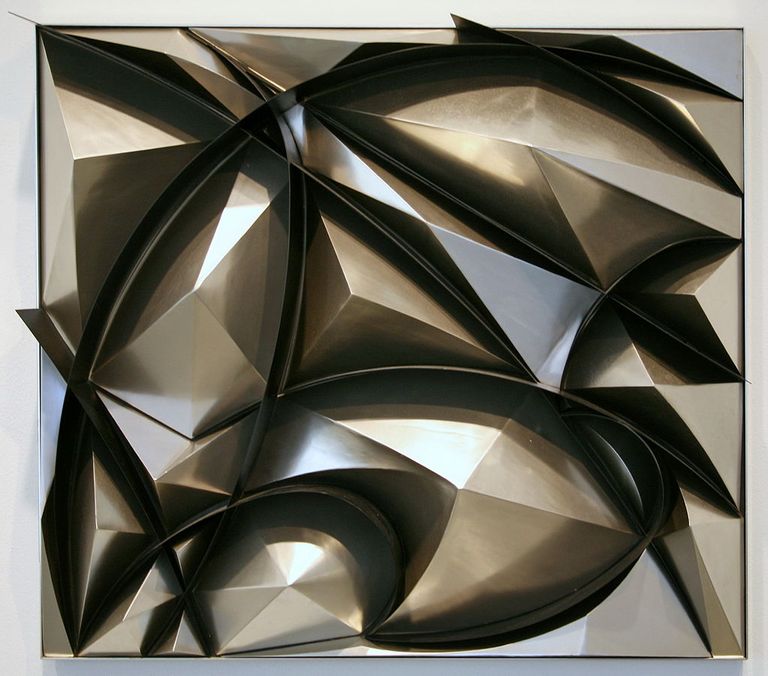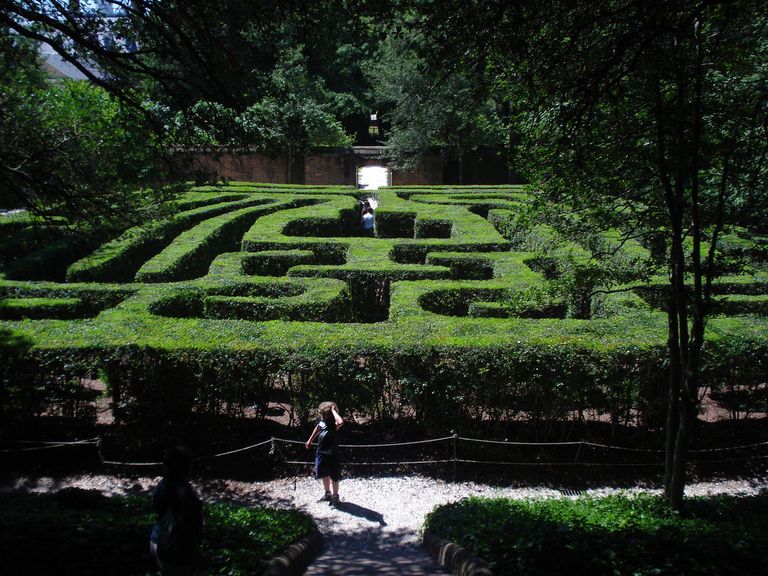
Throughout the history of mankind, labyrinths have always represented, beyond their own meaning or the function for which they were intended, an artistic expression in the most literal sense of the word.
All artists have used it as an inspiring muse for their works: writers such as Borges and Octavio Paz , painters such as Pablo Picasso and Salvador Dalì, sculptors such as Dürer and Leonardo , film directors such as Stanley Kubrick with his phenomenal Jack Torrance in The Shining and Guillermo del Toro in Pan's Labyrinth among others.
The term labyrinth itself has a deep metaphorical value, but it is also a sophisticated and elusive element. Through its meaning it seems to evoke the indecipherability of our time. And also because it is a figure around which artists, writers, philosophers and intellectuals have expressed their particular points of view throughout time.
A lo largo de toda la historia de la humanidad los laberintos han representado siempre, más allà de su propio significado o de la función a la que estaban destinados, una expresión artística en el sentido más literal de la palabra.
Todos los artistas lo han utilizado como musa inspiradora de sus obras: escritores como Borges y Octavio Paz, pintores como Pablo Picasso y Salvador Dalì, escultores como Durero y Leonardo, directores de cine como Stanley Kubrick con su fenomenal Jack Torrance en El Resplandor y Guillermo del Toro en El Laberinto del Fauno entre otros.
El término laberinto en sí mismo tiene un profundo valor metafórico, pero tembién es un elemento sofisticado y elusivo. A través de su significado parece evocar la indescifrabilidad de nuestro tiempo. Y también porque se trata de una figura en torno a la cual los artistas, escritores, filósofos e intelectuales han expresado sus particulares puntos de vista a través del tiempo.
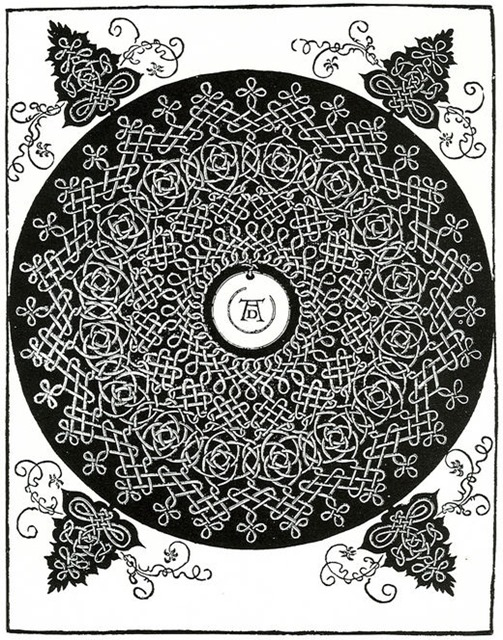
It would be impossible in a single article to address in a more or less complete manner the meaning of labyrinths and their implication in the social, cultural, political and economic life of our society since its origins as such.
The idea of the labyrinth comes from the depths of the human mind. Since prehistoric times, man, having lost his animal instinct, has felt fear of nature, perhaps for this reason he carved labyrinths in stones, trying to represent this restlessness and uncertainty in the face of the unknown paths that open up before him.
We will therefore begin our journey by analyzing the labyrinth in art and its meaning in paintings and clothing.
Sería imposible en un solo artículo afrontar en manera más o menos completa el significado de los laberintos y su implicancia en la vida social, cultural, política y económica de nuestra sociedad desde sus orígenes como tal.
La idea del laberinto surge de lo más profundo de la mente humana. Desde la prehistoria el hombre, una vez perdido su instinto animal, siente temor ante la naturaleza, quizá por ello graba laberintos en las piedras, tratando de representar esa inquietud e incertidumbre ante los caminos desconocidos que se abren ante él.
Iniciaremos por lo tanto nuestro recorrido analizando el laberinto en el arte y su significado en las pinturas y vestimentas.
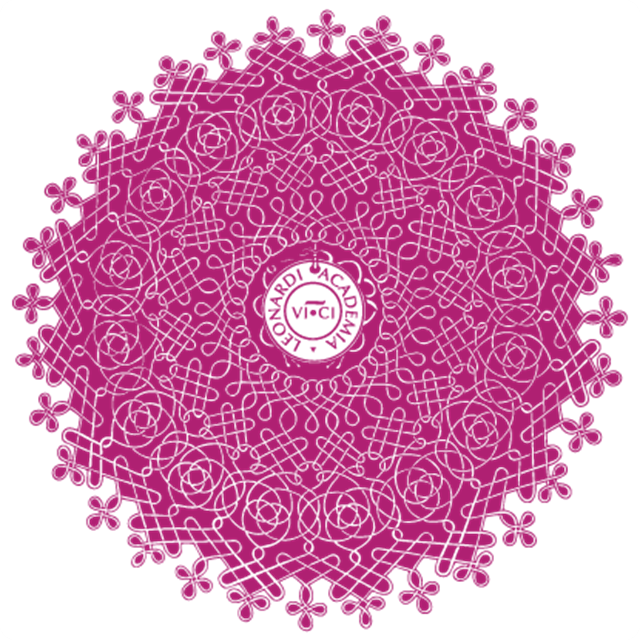
Leonardo Da Vinci's design is a network of knots, drawn with a single stroke, without lifting the pencil, from beginning to end.
It is presumed that it was made to order for textile use.
Some authors compare it to a labyrinth, which has four levels, represented by the different turns, which are supposed to have an analogy with creation.
El diseño de Leonardo Da Vinci es un entramado de nudos, elaborado con un solo trazo, sin despegar el lápiz, de principio a fin.
Se presume que su elaboración haya sido por encargo para uso textil.
Algunos autores lo comparan con un laberinto, que tiene cuatro niveles, representados por las distintas vueltas, las que se supone tienen analogía con la creación.
The first labyrinths. / Los primeros laberintos.
According to Cirlot, “a labyrinth is an architectural construction, with no apparent purpose, with a complicated structure and from which, once inside, it is very difficult to find the exit.”
There are two specific types of labyrinth, depending on their shape: circular and quadrangular or rectangular.
The square or rectangular shape is the oldest; the first representation is on a tablet from Pilo and they served as a seal for some Egyptian tombs.
The round type appears in the 7th century BC in Italy , on the coins of Knossos at the end of the 3rd century BC.
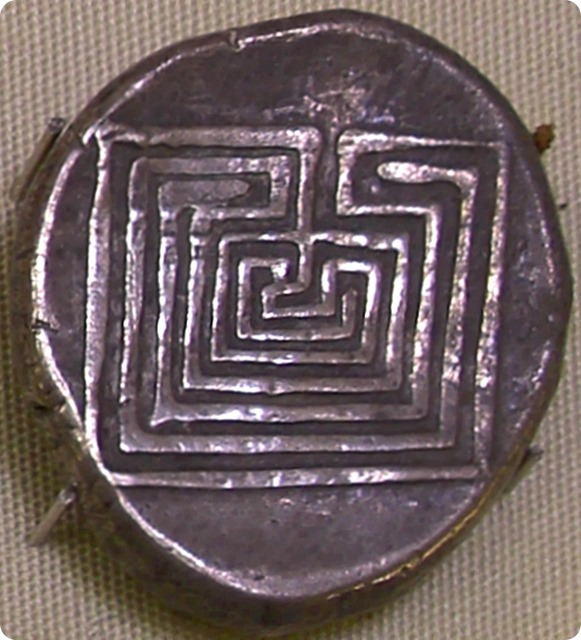
Según Cirlot, “un laberinto es una construcción arquitectónica, sin aparente finalidad, de complicada estructura y de la cual una vez en su interior, es muy difícil encontrar la salida”.
Se encuentran dos tipos concretos de laberinto, según su forma: el circular y el cuadrangular o rectangular.
El cuadrado o rectangular es el más antiguo; la primera representación está en una tabla de Pilo y sirvieron de sello para algunas tumbas egipcias.
El de tipo redondo aparece en el siglo VII a. C en Italia, en las monedas de Cnosos a finales del siglo III a. C.
Source images / Fuente imágenes: El Laberinto.
